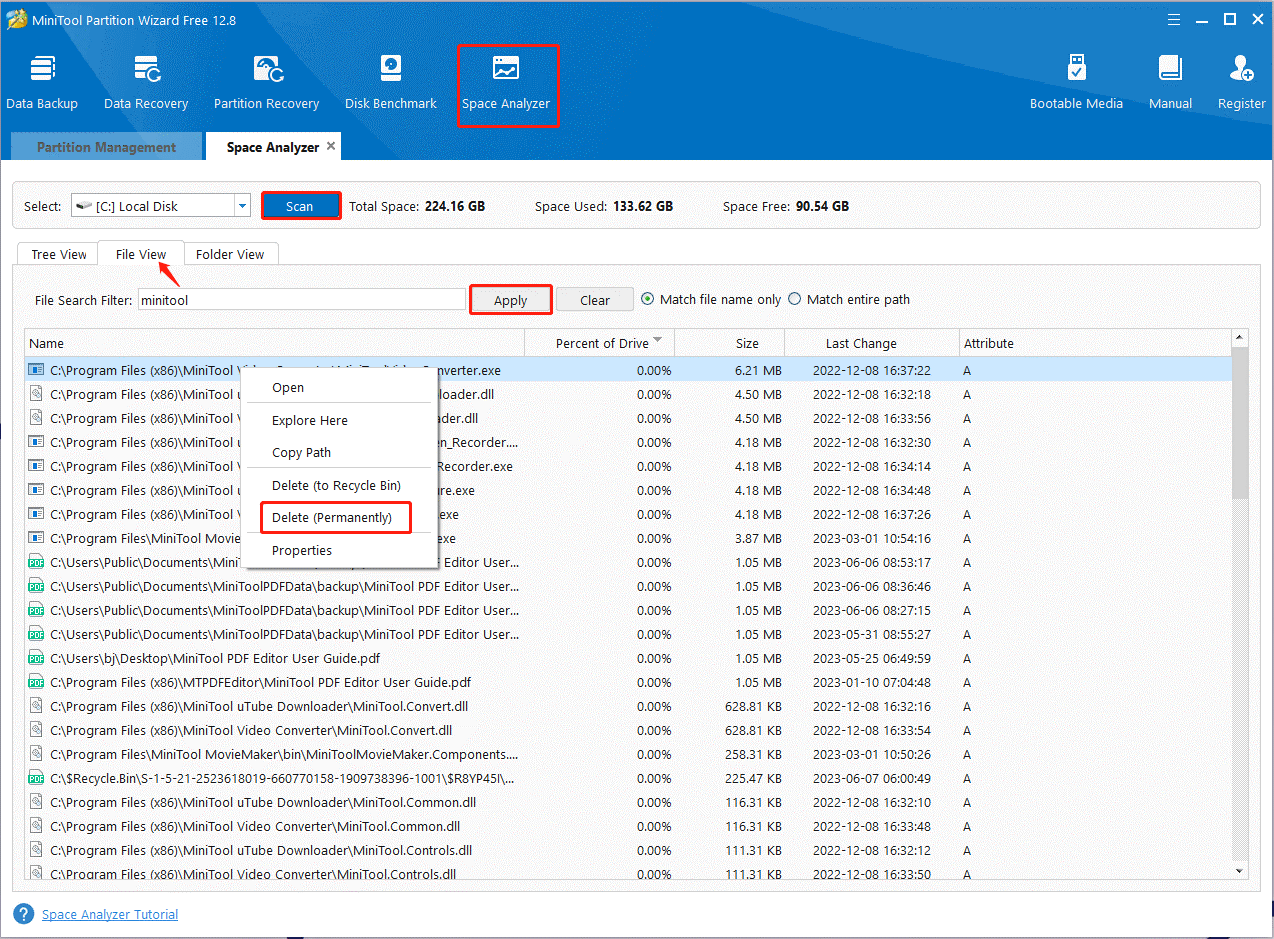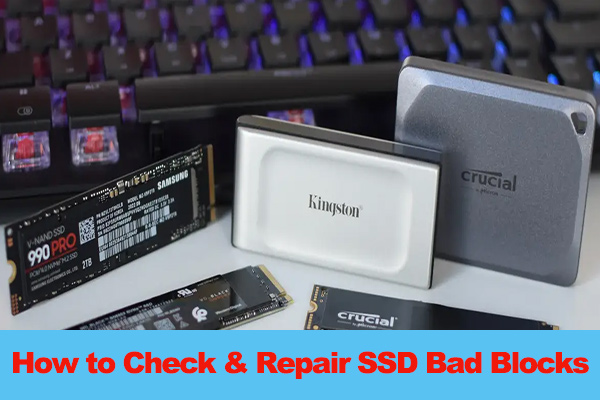As it’s well known to us all, SSDs boast faster speeds, higher performance, and better reliability than most traditional HDDs. However, SSDs usually have a more limited lifespan. So, it’s important to maintain their longevity. One of the crucial factors is SSD wear leveling. What is wear leveling? How to increase the lifespan of SSD? Let’s keep reading.
What Is Wear Leveling
What is wear leveling SSD? Wear leveling, also called wear levelling, is a technique used to prolong the lifespan of some storage media, such as SSDs and flash memory. SSDs use NAND flash memory to store data and each memory chip contains cells, which can only be written with a limited number of times before they wear out.
The SSD wear level can ensure all memory chip cells are used evenly, which prolongs the lifespan of an SSD. Besides, it can prevent any single memory cell from wearing out prematurely by spreading the write and erase cycles across all memory cells.
How Does Wear Leveling Affect SSD
The wear leveling algorithm is integrated into the firmware of the master controller. It is dedicated to using each storage block in the storage unit average to avoid some “specific” storage blocks from forming bad blocks due to overuse. There are 2 main types of SSD wear leveling as follows:
Dynamic wear-leveling: It can keep track of the frequency of each block that has been written and redistribute data across the memory cells of SSDs. When new data is written to the SSD, it can be written to the least used blocks first. However, it only aims at blocks that are currently in use. So, if there are static and rarely changed or moved data blocks, it will lead to uneven wear.
Static wear-leveling: It can keep track of the used and unused blocks and move data from frequently used blocks to lesser-used ones. This manner of distribution can write data across the SSD memory cells more evenly, but it also leads to more write operations than dynamic wear leveling.
In a word, the wear-leveling plays an important role in enhancing the lifespan and durability of an SSD. Without SSD wear leveling, the lifespan of the memory cells will be significantly shorter and the drive will become less reliable. So, are there effective ways to extend the SSD lifespan? Please keep reading.
How to Extend the SSD Lifespan
As discussed above, SSDs usually have a limited lifespan. How to prolong the lifespan of SSD? Here we summarize several useful tips.
# 1. Enable TRIM
The TRIM feature plays an important role in extending the lifespan of your SSD. It can help the OS precisely detect the data location that you want to move or delete. With TRIM enabled, it can inform the SSD of the block that is no longer in use. It can also command your drive to thoroughly clean the file from the sectors so that new data can be written into the drive faster.
# 2. Leave Enough Unallocated Space
A lot of users find that the SSD slows down when it’s full. The SSD controllers use the wear leveling algorithm to manage the data blocks. If there is not enough free space, the controller cannot manage the algorithm effectively. So, it’s necessary to leave enough unallocated space on the SSD.
How to create enough unallocated space on Windows? MiniTool Partition Wizard is a great choice. It can help you free up disk space by providing different solutions, such as “analyze and clean up disk space”, “extend the full partition on the SSD”, “upgrade the SSD to a larger one”, and more.
MiniTool Partition Wizard FreeClick to Download100%Clean & Safe

# 3. Minimize Disk Writes
As mentioned above, the frequency of disk writes has a great impact on SSD lifespan. This is because constant writing of data like logs and caches can consume the SSD’s write endurance. So, we recommend you limit the number of disk writes. Alternatively, you can try configuring your system to write some temp files to a RAM disk or a second HDD.
# 4. Disable Defragmentation
Disk defragmentation is used to rearrange the fragmentation and messy files that are generated during long-term use of the computer disk. It’s beneficial for HDDs, but not suitable for SSDs. This is because an SSD doesn’t require seek time when accessing data blocks. Besides, defragmentation involves write operations that can lead to SSD wear. So, make sure the defragmentation is disabled for your SSD.


User Comments :